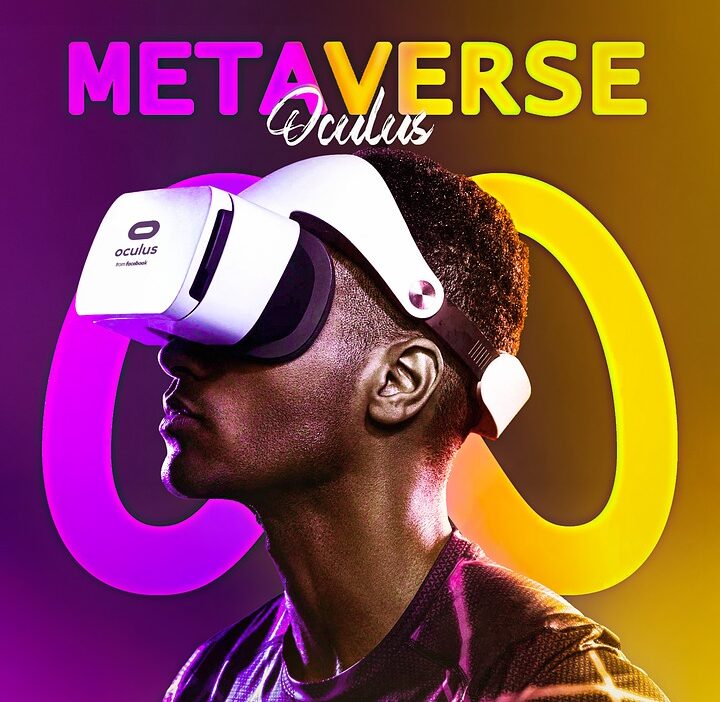Introduction
In recent years, virtual reality (VR) has emerged as one of the most exciting advancements in the realm of gaming and entertainment. This technology transports players into immersive, three-dimensional environments that engage multiple senses, thus redefining the traditional gaming experience. But beyond the technological marvel, there lies a profound psychological phenomenon at play—the psychology of play. Understanding how VR games enhance engagement involves delving into human psychology, the mechanics of play, and the unique attributes of virtual reality.
The Basics of Play
Play, in its essence, is an integral part of human development. It is not limited to children; adults engage in play through various forms of entertainment, including sports, games, and hobbies. Psychologists like Johan Huizinga and Mihaly Csikszentmihalyi have noted that play fosters creativity, social bonding, and emotional well-being. The immersive nature of VR leverages these elements of play to amplify engagement significantly.
1. Immersion: A Core Component of Engagement
One of the most significant aspects of VR is its ability to create a sense of immersion. Unlike traditional gaming, VR places players in an environment where they can explore, interact, and experience narratives firsthand. This total immersion can lead to a phenomenon known as "presence," where users feel as though they are genuinely part of the virtual world.
Research suggests that higher levels of immersion can lead to greater feelings of enjoyment and satisfaction. When players feel present in the game, they are more likely to become emotionally invested, enhancing their engagement.
2. The Role of Agency and Autonomy
Another psychological factor that VR games enhance is the sense of agency. In virtual environments, players often have the freedom to make choices that influence the game’s outcome. This sense of control is essential for engagement, as it empowers players and fulfills their intrinsic need for autonomy. Players who feel they have agency are more likely to explore different facets of the game, leading to prolonged engagement.
For instance, games that allow players to customize their avatars or choose their paths often see higher levels of player retention. The freedom to choose not only fosters a sense of identity but also encourages players to invest more time and effort into the game.
3. Social Interaction in Virtual Spaces
The social nature of VR games cannot be overlooked. Many VR platforms incorporate multiplayer functionalities, allowing users to interact with friends and strangers in real-time. The psychological principle of social facilitation posits that individuals perform better in the presence of others, and this holds true for VR gaming as well.
Social presence enhances engagement through cooperation, competition, and collaboration, often leading to communal experiences that are memorable. Virtual gatherings in multiplayer settings can foster friendships, thus adding an additional layer of engagement.
4. Cognitive and Emotional Engagement
VR games are designed to stimulate both cognitive and emotional responses. The complex narratives, stunning graphics, and interactive mechanics challenge players to think critically and react swiftly. Furthermore, the emotional storytelling present in many VR games taps into players’ empathy and compassion, creating an emotional bond with the characters and storylines.
This dual engagement—cognitive and emotional—can lead to a deeply fulfilling gaming experience. By invoking a varied range of emotions, VR games not only entertain but also create lasting impressions in players’ minds.
5. Physical Interaction and Sensory Stimulation
The physical nature of VR games sets them apart from traditional gaming platforms. Utilizing motion sensors, haptic feedback, and spatial audio, VR allows players to use their bodies to interact with the virtual world. This full-body involvement increases physical engagement, making the gaming experience more dynamic and enjoyable.
Physical interaction also triggers the release of neurotransmitters such as dopamine and endorphins, enhancing feelings of pleasure and satisfaction during gameplay. This biological mechanism serves as a reinforcement for players, making them more likely to keep coming back for more.
Conclusion
The psychology of play plays a crucial role in how VR games enhance engagement. By creating immersive environments that emphasize agency, social interaction, cognitive challenges, and physical involvement, VR gaming captivates players on multiple levels. This multidimensional approach not only transforms the way individuals interact with games but also offers valuable insights into the nature of play itself.
As technology continues to evolve, so too will our understanding of how VR can continue to shape and enhance the human experience. Whether for entertainment, education, or social interaction, the potential for VR to engage and enrich our lives is boundless, making it an exciting frontier for future exploration.


